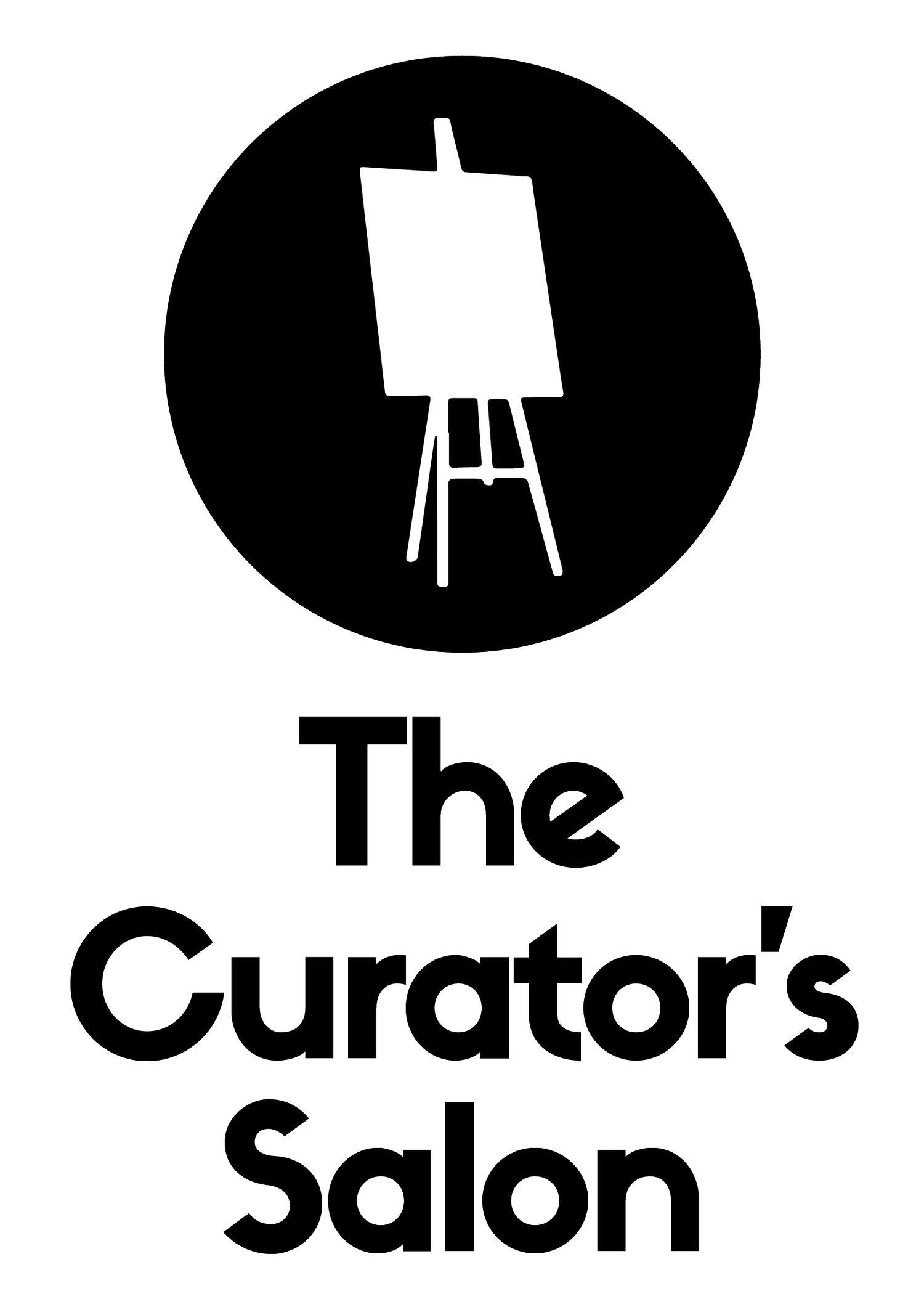Picasso and Paper at the Royal Academy, London
I was invited to the press viewing of the new exhibition at the Royal Academy, Picasso and Paper and it was an invite I was excited to accept.
Collage of cut-out wallpapers with gouache on paper pasted on canvas. 299 x 448 cm. Musée national Picasso-Paris. Pablo Picasso Gift in Lieu, 1979. MP176 Photo © RMN-Grand Palais (Musée national Picasso-Paris) / Adrien Didierjean © Succession Picasso/DACS 2019.
As the title suggests the exhibition is about Picasso’s use of paper. The exhibition takes a chronological approach starting with a stunning little frame with two cut outs which the artist made aged 8. It leads you room by room, through the blue period, the rose period, cubism, neo classicism of the 20s and so on ending with his final studio. This is a traditional approach for exhibitions but I cannot imagine how else this particular show could have flowed. For artists not familiar with the different phases of his career this format will be enlightening but better still there is something to delight in each room.
Paper is such a democratic material that it makes sense that an artist as prolific as Picasso would have used it throughout his life, from doodles in cafes to roughing out the faces for Les Demoiselles d'Avignon.
It would be easy to think that the show would be made up of only sketches and preparatory drawings but there is significantly more to this show. It brings together some incredible paper sculptures that i had either only seen in books or had not ever seen before at all. I think this will be true for most visitors that are not scholars of the artist’s oeuvre.
Femmes a leur toilette (1937-38) seemed really contemporary to me. It’s a huge 4.5m collage of wallpaper and other decorative papers with gouache, glue and so on.
The sculpture, 3d pieces and collage really stood out, particularly this one below titled Head of Woman from 1962.
Pencil on cut and folded wove paper from an album sheet. 42 x 26.5 cm. Musée national Picasso-Paris. Pablo Picasso gift in lieu, 1979. MP1850. Photo © RMN-Grand Palais (Musée national Picasso-Paris) / Béatrice Hatala. © Succession Picasso/DACS 2019.
As well as collages, sculpture & sketches there were the inevitable notebooks with his drawings, which I found captivating. The exhibition groups the artworks together by period and then each section presents you with the paintings of that period as if to show the painting as the final summation of the drawings. But his works on paper were not always ‘supporting material’ . Many of the drawings were themselves enough for the artist such as the portraits we see there.
Then there is the printmaking. As an artist who was always evolving and challenging himself with new techniques and processes, the show has an excellent selection of his printing plates and the prints on paper taken from those plates. We see his interpretations of artists before him such as Manet as he explored different printing techniques.
Alongside all of this there is sculpture from his Ballet Parade. But I didn’t hang around too long in that bit.
In terms of installation I particularly liked the collages sculptures that were set in recesses of a wall. There are a couple of wonderful early cubist ‘guitars’ made from card and paper which for me, really felt like he was playing with the idea of cubism. Breaking up planes and lines of the form, and building it back together again. And then turning that into a 2D drawing later on. I felt those pieces really were a part of his discovery process that he was trying to give visual form to an idea that had been percolating, and how to take it further.
I rather enjoyed the free standing glass panels displaying cut out leaves, lemons and other shapes. It makes you wonder if this guy ever threw anything away., and so no surprise the show is significantly larger than I had expected.
As I went around one of the things that came to mind was a couple of recent conversations I have had with artists about their own work and in particular having multiple interests and bodies of work. I always say that it is fine, if an artist is pulled to producing different things then you should follow that creative pull even if it is different to what you are ‘known for’ . The question is really only necessary when presenting work to the wider world, whether it be galleries, or a public through your social media or other channels. But the creative energy must be honoured and you should experiment and do all the things that bring fulfilment to exploring ideas in visual form.
Photo © Michel Sima / Bridgeman Images © Succession Picasso/DACS 2019
When we look back at Picasso’s 80 year output we see the connection - the artist is the common denominator in all the work and we see a natural evolution. In the words of Steve Jobs ‘ You can't connect the dots looking forward; you can only connect them looking backwards. So you have to trust that the dots will somehow connect in your future”.
By the end of the show you really get a sense of his greatness, his ability to move a pen so confidently, to wield a pair of scissors so deftly, and knock up a sculpture from found scraps of card and string into something magnificent.
The exhibition was organised by the Royal Academy and the Cleveland Museum of Art in partnership with the Musee Picasso in Paris and is supported by the City of Malaga. In May the exhibition will move to Cleveland.
Exhibition dates 25 January to 13th April 2020
https://www.royalacademy.org.uk/
#picassoandpaper



